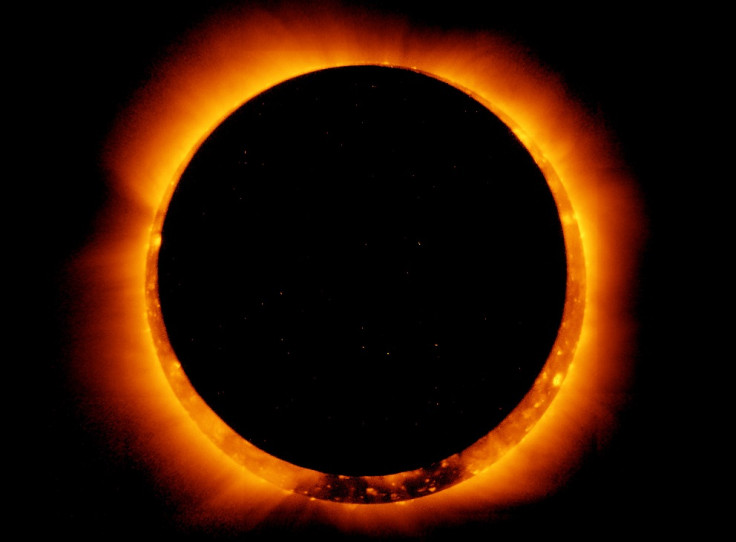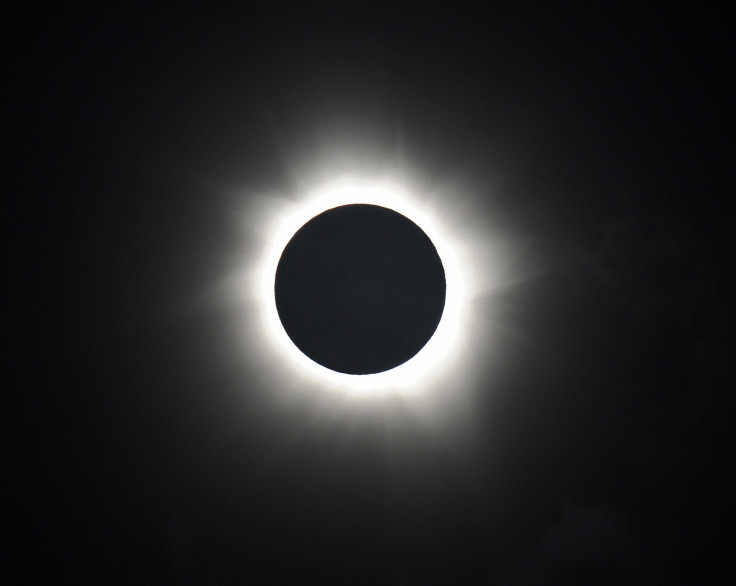Solar eclipse: Facts, myths and superstitions about the spectacular celestial phenomenon
The longest a total solar eclipse can last is 7.5 minutes.

Throughout history, solar eclipses have been associated with myth and superstition. Some cultures still consider the phenomenon a bad omen.
Myths about the solar eclipse
Threat to the monarchy: The eclipse in 1133AD was known as King Henry's Eclipse in Britain. When Henry I died shortly after the eclipse, it reaffirmed beliefs that the phenomenon was a bad sign for monarchs. Babylonians placed substitute kings on the throne during eclipses to protect the real rulers.
Hinduism: In Hindu mythology, the serpent demons Rahu and Ketu are believed to cause eclipses by swallowing the sun, sucking away the light that gives life.
Pregnancy: Among modern superstitions is the belief that solar eclipses can pose a danger to pregnant women and unborn children. Some cultures suggest expectant mothers and young children stay indoors during an eclipse.
Disaster: The Ancient Greeks believed eclipses were a sign of impending disaster and destruction, as a result of the wrath of the gods.
Beheading: In ancient China, predicting eclipses was of high importance as they were believed to be a threat to emperors. In 2134BC, two Chinese astrologers failed to predict the solar eclipse – one of the earliest recorded in history – and they were beheaded.
Poison: In parts of rural India, fasting still takes place among some communities who fear the eclipse will poison any food prepared during the event.
Crucifixion: Gospels state the skies darkened during the crucifixion of Jesus, which some assumed to be a miracle and a sign of dark times to come. Historians have suggested it may refer to an eclipse in either 29AD or 33AD.
Prophet Mohammed: The eclipse of 27 January 632AD coincided with the death of Prophet Mohammed's son Ibrahim. According to Islamic scholars, this led the public to speculate that the phenomenon was a miracle to mark the death – but Mohammed clarified that eclipses were neither the omen of birth of death.
Dogs: Korean folklore tells of the sun being stolen by mythical dogs.
Evil spirits: Communities in some Hindu communities across Asia greet eclipses with the banging of pots and pans or fireworks, to scare away the demon Rahu.

Facts about the solar eclipse
Sun and moon: A solar eclipse is a natural event that takes place on Earth when the moon moves in its orbit between Earth and the sun – which is also known as an occultation. It happens at new moon, when the sun and moon are in conjunction with one another.
Distance: The reason solar eclipses take place is that the distance between the sun and the Earth is approximately 400 times the moon's distance from the sun, and the sun's diameter is around 400 times larger than the moon's.
Total eclipse: This event occurs when the Earth intersects the umbra portion of the moon's shadow, whereas when the umbra does not reach the surface of our planet, the sun is only partially hidden which results in an annular solar eclipse. Partial solar eclipses take place when the viewer is inside the penumbra.
1999: The last solar eclipse of equivalent significance occurred on 11 August 1999, when 100% of the sun was covered when viewed from Cornwall.
Length: The longest a total solar eclipse can last is 7.5 minutes.
Speed: The speed of the moon as it moves across the sun is approximately 1,398 miles (2,250 km) per hour.
Invisible: Total solar eclipses have not always been visible from Earth. In the past, the moon was too close to Earth, so during eclipses it completely blocked out the sun's disk. Over time, the lunar orbit has changed at the rate of around 2cm per year and in the current epoch, the alignment is nearly perfect at times.
Disappearing eclipses: Over the next few hundred million years, solar eclipses will no longer occur as the moon's orbit will continue to widen. Skywatchers in the future will only see partial or annular eclipses.
Annual eclipses: Depending on the geometry of the sun, moon and Earth, there are between two and five solar eclipses every year.
Saros: Almost identical eclipses occur after 18 years and 11 days, a period of 223 synodic months called a saros.
© Copyright IBTimes 2025. All rights reserved.





















